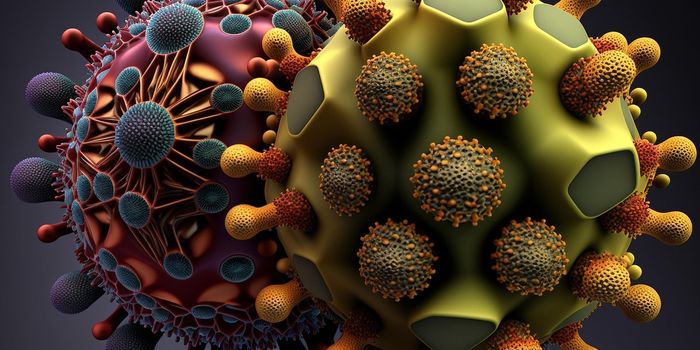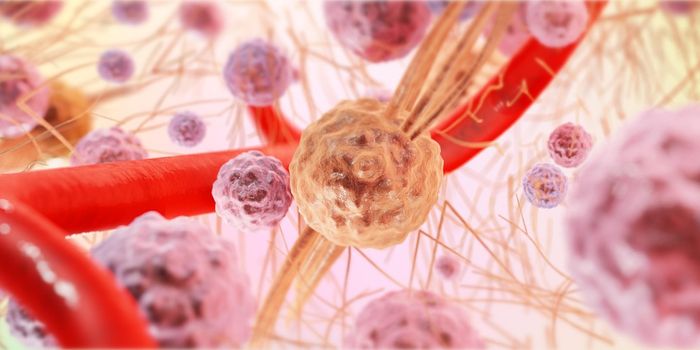Telling the Difference Between Eczema and Psoriasis
It can be extremely different even for professionals to tell the difference between psoriasis, an autoimmune disorder, and atopic dermatitis, also known as eczema. The two conditions share a lot of qualities: appearance, itchiness, even treatment options. A new test from Mount Sinai makes distinguishing between the two a bit easier, relying on biomarkers unique to each condition’s activity in the human body.
Eczema vs. Psoriasis
Eczema is a skin disorder characterized by inflammation and itchy skin, with patches of affected areas usually being near the knees and elbows. More than 31 million Americans live with eczema, including between 10 and 20 percent of children.
Psoriasis is a skin disorder characterized by thick, red, scaly patches that can be found near the knees, elbows, face, buttocks, and scalp. More than eight million Americans live with psoriasis, and there is no known cure.
Diagnosing Eczema & Psoriasis
Historically, diagnosing these conditions and telling the difference between them has relied on problematic skin tissue biopsies. This diagnostic approach is associated with risk of pain, scarring, and increased risk of infection. In the new study, researchers offer a non-invasive alternative: adhesive tape strips that collect skin cells.
The Study
Researchers evaluate tape strips from a total of 60 participants: one-third with moderate to severe eczema, one-third with moderate to severe psoriasis, and 20 healthy adults. Each participant provided 20 tape strips from both lesioned and clinically unaffected skin. Researchers used “global molecular profiling” of skin cells gathered from these strips to identify any sign of biomarkers related to either skin disorder. A single gene biomarker, nitride oxide synthase 2 (NOS2), allowed the team to detect unique cases of psoriasis and eczema with 100 percent accuracy.
Additionally, researchers identified other genes related to eczema, psoriasis, or both conditions, affecting normal immune and skin function. Also, what the researchers observed as far as biomarker activity in each of the two conditions matched with previous research delineating the pathology of each disease.
Sources: The Mount Sinai Hospital / Mount Sinai School of Medicine, Journal of Allergy and Clinical Immunology, American Academy of Dermatology Association, Penn Medicine








